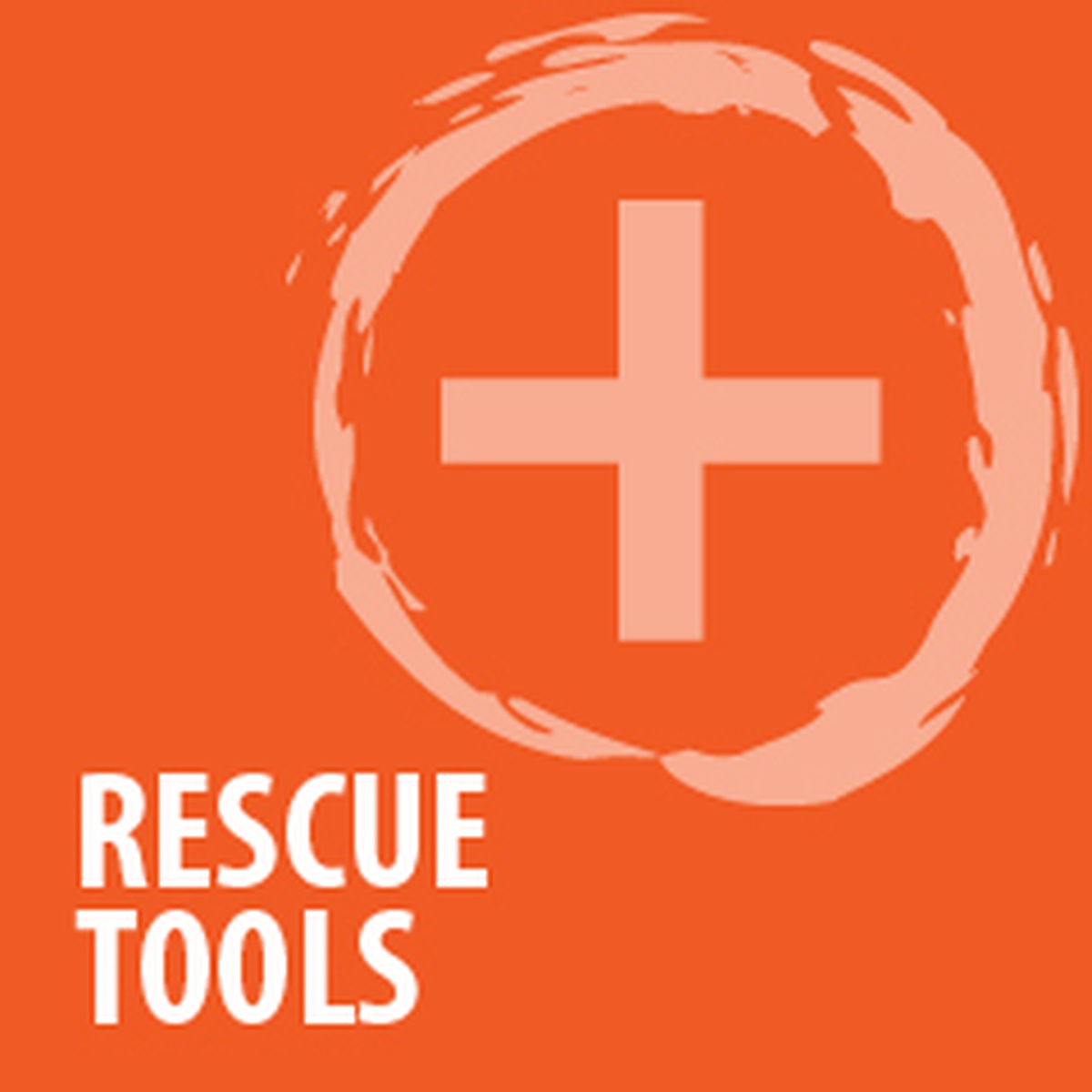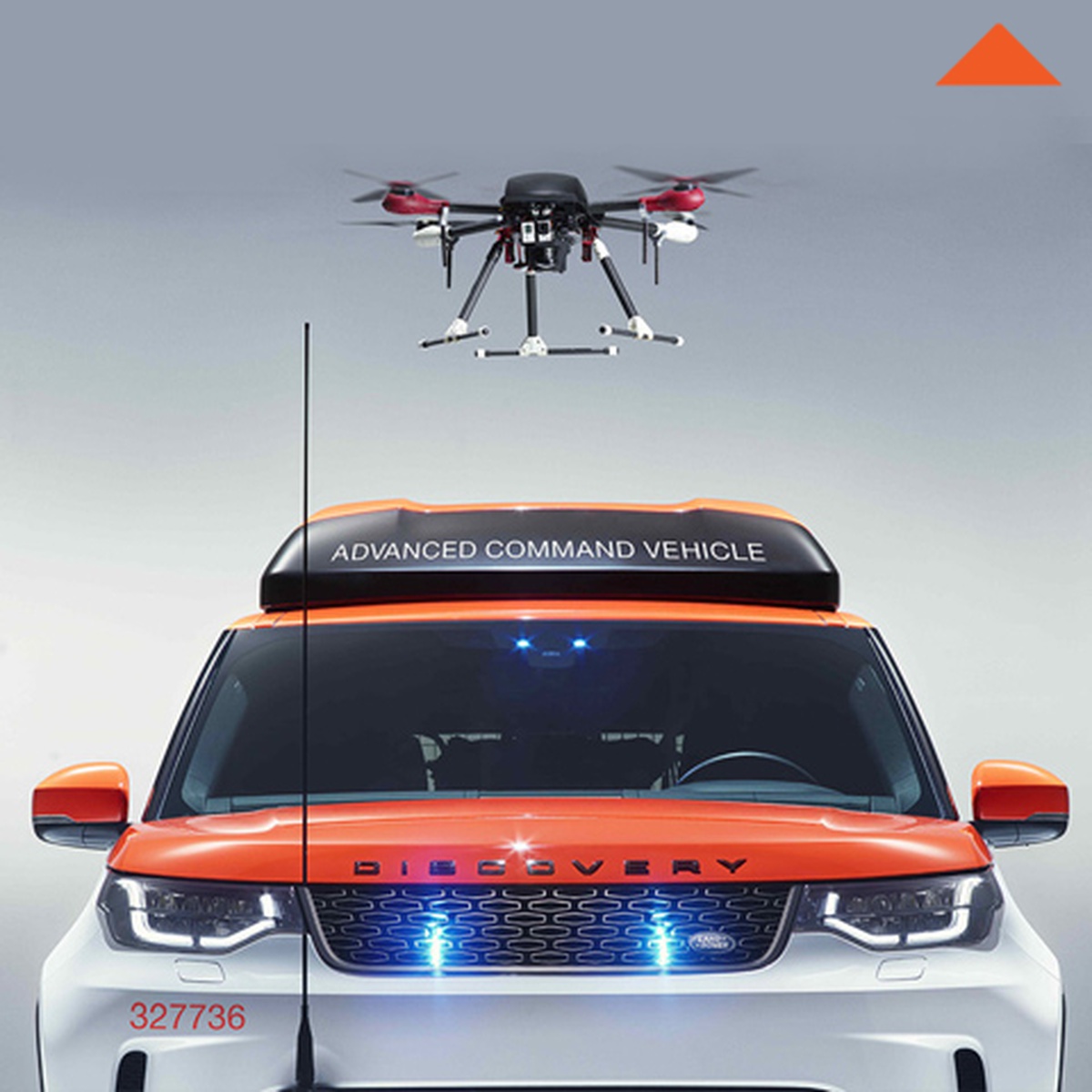Museo del Design del Friuli Venezia Giulia – Associazione di Promozione Sociale
P. IVA e CF 02863400301 – info@mudefri.it

"Project Hero", Red Cross
Jaguar Land Rover's SVO division, UK, 2017
“We spend a lot time designing the bridge, but not enough time thinking about the people who are crossing it.”
[Dr. Prabhjot Singh,
Director of Systems Design at the Earth Institute]

Earthquakes, floods, hurricanes, avalanches, shipwrecks, fires ... the list of disastrous events is long. And their frequency is likely to intensify as a result of climate change and the wave of migrations: two phenomena that are often closely connected, as you know.
The interventions to prevent those events and give first aid employ increasingly sophisticated and ubiquitous technologies, designed also thinking to the medium and long term. The aim is to reduce the number of victims and material damage, but also to facilitate the following reconstruction (e.g. in case of an earthquake). An interesting feature of the most advanced rescue products is their ability to interface with complex information systems: this is the case for robots, drones and other hi-tech weirdos. Here the product is part of a system and the more valuable output (although not the only one) is data collection, a most valuable raw material for subsequent interventions.
When it comes to saving lives, however, poor solutions but accessible to everyone can play an equally significant role than the most sophisticated technologies. Here we have quoted only one example, the James Benson’s bottles-lifesaver, but a quick search on the net could let you discover a whole world of low-cost devices to prevent or deal with small and large disasters.
I would invite designers to explore the possibility of online collaboration to help these budding inventors improving and replicating on a larger scale some good ideas.
in this section
- "Project Hero", Red Cross
- Rescue Tip-Board
- U-safe motorized buoy
- Bottle Buoy
- Habot-mini, extinguisher
- Avalanche rescue set